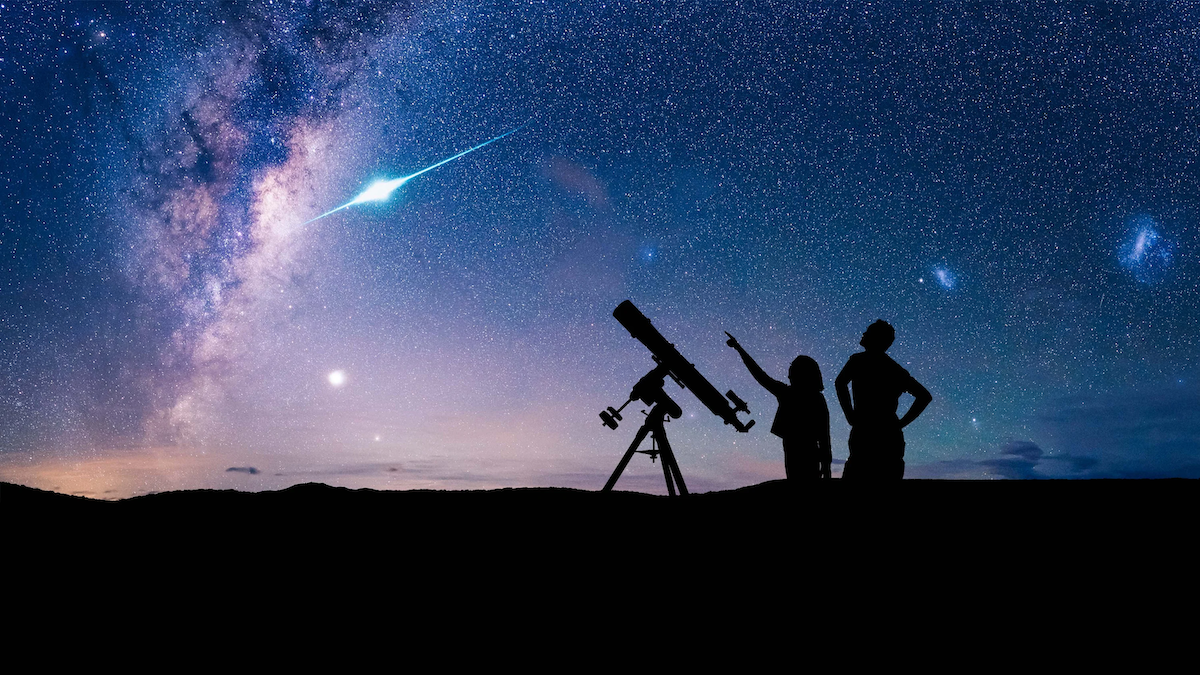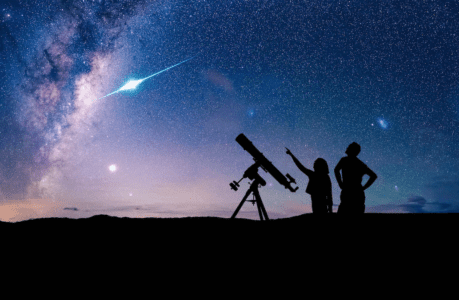Introduction
Astrophotography, the art of capturing celestial wonders with a camera, has gained immense popularity in recent years. With stunning images of distant galaxies, nebulae, and planets filling our social media feeds, it’s no wonder that many budding photographers and stargazers want to try their hand at astrophotography. However, one common misconception is that it requires expensive equipment and a deep wallet. In reality, there are plenty of affordable options for beginners to get started on their astrophotography journey.
In this guide, we’ll explore seven budget-friendly ways for newcomers to dip their toes into the mesmerizing world of astrophotography. From basic gear to software and techniques, you’ll find all the essential information to kickstart your celestial photography adventure.
1. Start with a DSLR Camera
Astrophotography doesn’t have to begin with a telescope. In fact, a good DSLR camera is often the best place to start. Most people already own one, making it a cost-effective entry point into this hobby.
Modern DSLR cameras come equipped with a range of features that are conducive to astrophotography, such as manual settings for exposure, focus, and ISO. They also allow you to interchange lenses, which is crucial for capturing different aspects of the night sky.
2. Wide-Angle Lens
The lens you choose plays a significant role in your astrophotography endeavors. A wide-angle lens is ideal for capturing expansive views of the night sky, including constellations, the Milky Way, and meteor showers. Thankfully, you don’t need to invest in a top-of-the-line lens right away.
Consider starting with a budget-friendly wide-angle lens that has a low f-number (e.g., f/2.8 or lower). These lenses gather more light, making them perfect for astrophotography in dark locations. Brands like Rokinon and Samyang offer affordable yet capable wide-angle lenses.
3. Sturdy Tripod
Stability is paramount in astrophotography. Any camera shake or vibration during long exposures can ruin your shots. Investing in a sturdy tripod is essential to keep your camera steady and minimize blurriness in your images.
There are many affordable tripods on the market that offer stability without breaking the bank. Look for one with adjustable legs and a durable build to ensure it can withstand outdoor conditions.
4. Remote Shutter Release
To avoid camera shake entirely, consider using a remote shutter release. These inexpensive devices allow you to trigger your camera without physically touching it. This is particularly helpful when capturing long-exposure shots of the night sky.
Remote shutter releases come in various forms, including wired and wireless options. Opt for the one that suits your budget and preferences.
5. Dark Sky Location
Location matters in astrophotography. If you live in a city with heavy light pollution, capturing clear images of the night sky can be challenging. To get the most out of your equipment, plan trips to dark sky locations, such as national parks or remote rural areas.
While traveling might incur some costs, the breathtaking results you’ll achieve in a pristine dark sky environment will make it worthwhile.
6. Image Stacking Software
Image stacking is a powerful technique in astrophotography that involves combining multiple images to reduce noise and enhance details in your shots. Fortunately, there are several free or affordable software options available for this purpose.
Software like DeepSkyStacker and Sequator allow you to stack and align your astrophotography images with ease. These tools can significantly improve the quality of your photos without the need for expensive equipment.
7. Learn Basic Astrophotography Techniques
Knowledge is key to mastering astrophotography, and there is an abundance of free resources available online to help you get started. Websites, forums, and YouTube channels dedicated to astrophotography offer tutorials on various techniques, including:
- Star Trails: Capture the mesmerizing movement of stars across the night sky.
- Planetary Imaging: Photograph planets in our solar system using telescopes and webcams.
- Deep-Sky Objects: Learn to photograph galaxies, nebulae, and star clusters.
Investing time in learning these techniques can make a significant difference in the quality of your astrophotography, even if you’re on a tight budget.
Conclusion
Embarking on an astrophotography journey doesn’t have to drain your bank account. By starting with basic equipment like a DSLR camera, wide-angle lens, tripod, and remote shutter release, you can capture stunning images of the night sky without breaking the bank. Remember to choose dark sky locations for optimal results, and explore free or affordable image stacking software to enhance your shots. With dedication and practice, you’ll soon find yourself capturing the beauty of the cosmos on a budget.
So, grab your camera, head to a dark sky location, and start exploring the wonders of astrophotography. With these affordable options and a bit of passion, you’ll be capturing breathtaking images of the night sky in no time. Happy stargazing!

